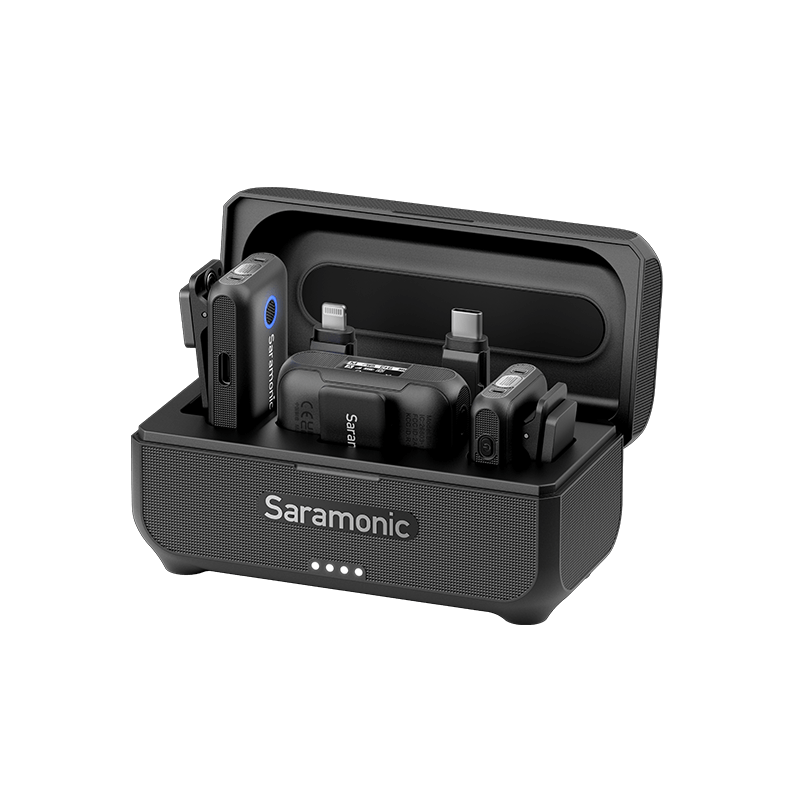Unlock the Secrets of Perfect Sound: Discover What Makes a Professional Wireless Microphone Shine!
In the world of music, broadcasting, and public speaking, sound quality is paramount. Whether you're an artist performing live, a broadcaster delivering the news, or a speaker at a conference, the clarity of your voice can significantly impact your audience's experience. This is where wireless microphones come into play, offering the freedom to move without being tethered by cords while ensuring crystal-clear audio. As the demand for high-quality sound continues to rise, professional wireless microphones have carved their niche, standing out from standard options due to their advanced technology and superior performance. In this article, we'll delve into what makes these devices essential for anyone serious about sound.

Understanding Wireless Microphone Technology
Wireless microphones operate by transmitting sound through radio frequencies instead of physical cables. At the heart of this technology are three main components: the microphone, the transmitter, and the receiver. The microphone converts sound into an electrical signal, which the transmitter then sends wirelessly to the receiver connected to the sound system. One crucial aspect of wireless microphones is frequency selection. The chosen frequency must be clear of interference from other devices, ensuring that the audio remains uninterrupted. Many professional models come equipped with advanced interference management features, allowing them to automatically switch frequencies in case of unexpected disruptions. This technology not only enhances performance but also provides peace of mind for users in dynamic environments.
Key Features of Professional Wireless Microphones
When it comes to professional wireless microphones, several features play a crucial role in distinguishing them from their standard counterparts. First and foremost is sound quality. Professional models are designed to deliver high audio fidelity, ensuring that every nuance of the voice is captured accurately. Battery life is another significant factor; top-tier microphones can often run for several hours on a single charge, making them reliable for long events. Range is equally important; a professional wireless microphone should maintain a clear signal even at considerable distances from the receiver. Finally, durability cannot be overlooked. Many professional microphones are built to withstand the rigors of live performances, featuring rugged designs that can handle the wear and tear of frequent use. Together, these features contribute to a microphone's overall performance, making them an investment worth considering.
Applications and Use Cases
Professional wireless microphones are versatile tools used across various scenarios. In concerts, artists rely on them to move freely on stage while delivering captivating performances. In the corporate world, presenters use wireless microphones to engage their audience without being tied to a podium. Additionally, recording studios utilize these microphones for their ability to capture pristine audio without the clutter of cables. However, it’s important to note that different environments can significantly impact microphone performance. For instance, outdoor venues may require microphones with better range and interference management due to potential signal disruptions. Choosing the right microphone for each specific application is vital to achieve the best sound quality.
Choosing the Right Wireless Microphone
Selecting the right professional wireless microphone involves several considerations. First, assess your budget; while investing in quality sound equipment is essential, there are options available across various price points. Next, consider your intended use. Will you be performing live, recording in a studio, or giving presentations? Each scenario may require different specifications. It's also crucial to evaluate technical features such as frequency range, battery life, and audio quality. If possible, test out different models to find one that feels comfortable and sounds good to you. Making an informed decision is key to ensuring that the microphone you choose meets your specific needs and enhances your sound experience.
Elevating Your Audio Experience with the Right Microphone
In conclusion, investing in a professional wireless microphone can profoundly impact your sound experience, whether you're on stage, in a conference room, or in a recording studio. Understanding the technology behind these devices, recognizing their key features, and knowing how to choose the right one for your needs are essential steps in achieving optimal audio quality. As you explore your options, consider your unique requirements and the environments in which you'll be using the microphone. With the right choice, you can unlock the secret to perfect sound and elevate your audio performance to new heights.








